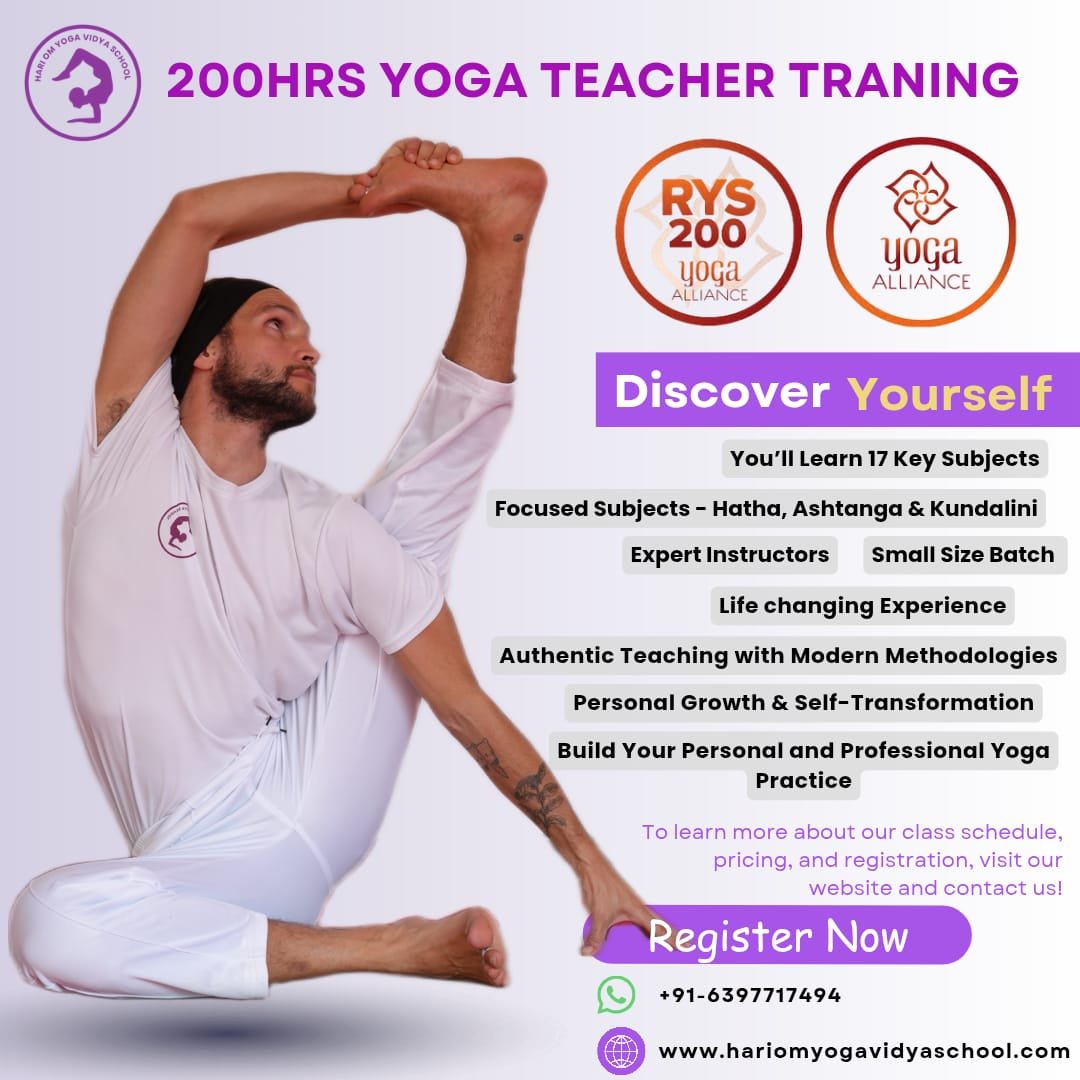Utkatasana – Fierce Pose
What is Utkatasana?
Utkatasana or the Chair Pose is also known as the Fierce Seat or Powerful Pose. It is a strengthening and a very strong heat-building asana, that brings all parts of your body together into a powerful pose. This sitting asana is a meditation which you can do with determination and commitment. To successfully perform the Chair Pose, you must unite the whole strength of the legs, arms, and the torso, as you lift your core muscles and elongate your spinal cord.
Utkatasana involves the strength of your legs, the back, and the ankles. Here, the main power is not about the domination or control over someone or something else, but it is about aligning the life energy with you. At the base, the Utkatasana teaches you how to find your seat of power within your pelvic girdle.
The name has been derived from Sanskrit. You can break it up as follows.
Read More: Why Is Kundalini Yoga Dangerous? The Truth About Its Risks and Rewards
- Utkata means ‘Intense or fierce’
- Asana means ‘Pose’
How To Do The Asana?
- You have to stand straight with your feet a bit apart.
- Then stretch both your hands in front with palms facing downwards. Do not bend both your hands at the elbows.
- Bend the knees slowly and gently push your pelvis downward, as if you are sitting in a chair.
- To do the Chair Pose better, you must imagine reading some newspaper or typing on pc.
- You have to ensure that you keep your hands parallel to the ground.
- You have to aware of the pose, and in the meanwhile lengthen your spine.
- Keep breathing normally.
- You should sink deeper into the pose.
- After you are done, you can sit down in Sukhasana, or lie down.
Modifications and Variations
- If you feel that the shoulders are stiff, then you can stretch the arms in front of you, which is better than raising it above your chest.
- If you find that balancing in this pose is tough, then use the wall behind you, to support the hips.
- Place the arms on the thighs, with palms facing down, if the chest and the shoulders are weak for a straight lift.
- If you have difficulty in bringing the knees together, keeping the feet apart with 1 feet gap is sufficient.
- All the pregnant women must keep their feet, hip width apart, while practicing Utkatasana.
You can make adjustments to make the asana easier. If you have any sort of shoulder pain, you can raise the hands, fold them, and then keep them near your chest.
You can also try to raise them to a level at the top, while keeping your hands joined.
Another variation that will take this posture to the next level is explained here:
- You can lower your body a bit, by bending your knees towards the ground.
- The buttocks should touch the ground.
- Exhale and then you can return to a standing position.
You have to hold the pose for 5 breaths, and your gaze will be upwards, or Urdhva Drishti.
Safety Precautions Decoded
- You can smile throughout, to hold the posture longer. It will make you happy and content. Moreover, it is a good idea to do the pose after you have finished other standing yoga postures.
- You can keep the feet together, which will help to strengthen your inner thigh muscles. However, if you feel shaky, try to keep the feet hip-width apart. You can also keep a block between the thighs to engage the muscles.
- All should be conscious of their knee position in this pose. Moreover, you should shift your weight backward, toward the heels to keep the knees safe.
- Always keep the head and neck in line with the spine. Instead of looking up, you can also gaze in front.
Who Can Do This Asana and Who Cannot?
If you are healthy and fine, then you can do this pose easily. However, there are a few contraindications here.
- If you have chronic knee pain or had an injury, it will make it difficult to practice this asana or pose. All those should avoid it. Moreover, if ankle, shoulder, and hip injuries are there, you should avoid this pose completely.
- All those who are lacking body-breath alignment, cannot do the pose.
- All those who have high blood pressure or migraine, must avoid this pose. Dizziness happens when you bend the neck bend with arms raised. This action creates a slight pressure on the jugular veins and the carotid artery, which can detrimental for your health.
Read More: Everything You Need to Know About Kundalini Yoga Teacher Training
Benefits of Utkatasana
- Utkatasana helps in strengthening your hips. While practicing this asana, the position of your hips is good, thus supporting the weight of your upper body. Practicing the pose regularly can help in the strengthening of the muscles around the hips. Moreover, this makes your hips become strong and prominent.
- The Utkatasana or pose assists you to deeply stretch the entire body. Utkatasana stretches the entire shoulders, chest, neck, spine, and the upper and middle back. In addition, the pose also strengthens your lower body, so you can gain from all fronts.
- You get to tone and strengthen your knees and ankles in Utkatasana pose. As you bend your upper body at your hips, you shift some weight to your lower body, and this gives the ankle and knee joint the much – needed pressure. The pressure that results from this pose or asana improves your joints strength, thus giving them a well-toned appearance.
- You can stretch your legs, which creates pressure on your thighs, especially the hamstring muscles and quadriceps. It also strengthens the calves, which gradually strengthens your entire legs. Utkatasana is a great asana or pose for athletes.
- The asana massages your abdominal muscles, so in this pose, the movements greatly assist your primary muscles, in tightening. Your abdominal muscles also get a good stretch and massage.
- You can also increase your awareness, as this increases the focus, so that you do not come up, while in the pose. Thus, you can use the asana to increase focus and concentration.
- This asana also solves the problems of flat feet.
Deepen Your Yoga Practice with Hari Om Yoga Vidya School
Located in the heart of Rishikesh, Hari Om Yoga Vidya School is a place where ancient yogic wisdom meets modern teaching techniques. As a top yoga school in Rishikesh, we are committed to providing authentic, immersive yoga education in a peaceful, spiritual setting. Recognized as one of the best yoga schools in Rishikesh, we offer structured training programs designed to help you evolve in your practice, whether you are a beginner or an experienced yogi.
If you’re searching for a yoga school in Rishikesh that focuses on holistic learning, experienced teachers, and a supportive community, look no further!
Explore Our Yoga Teacher Training & Retreats
At Hari Om Yoga Vidya School, we offer a range of courses tailored for different levels of practitioners:
✅ 100-Hour Yoga Teacher Training in Rishikesh – A foundational course for those looking to begin their yoga journey.
✅ 200-Hour Yoga Teacher Training in Rishikesh – An internationally recognized certification for aspiring yoga teachers.
✅ 300-Hour Yoga Teacher Training in Rishikesh – Advanced training to deepen your practice and refine your teaching skills.
✅ 7-Day Yoga Retreat in Rishikesh – A rejuvenating escape into yoga, meditation, and self-discovery.
✅ 10-Day Yoga Retreats in Rishikesh – A transformative experience that blends yoga, relaxation, and Himalayan serenity.
Join us for a life-changing experience and become part of our global yoga family! 🌿✨





